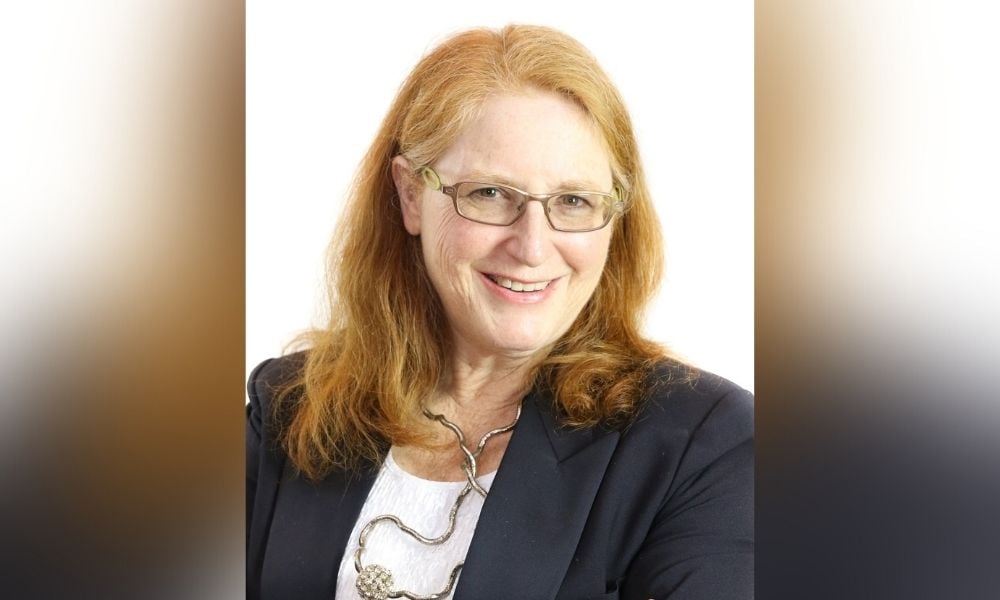Advisors explains how feature can help with income-sharing and first home buying

With RRSP season closing in, it’s time to remember a once-popular feature, spousal registered retirement savings plans (RRSPs), which could help some clients, says one Toronto financial advisor.
“The spousal RRSP isn’t something that people think about now because of pension splits,” Francine Dick, a financial advisor with Carte Wealth Management Inc., told Wealth Professional. “But I think there are certain situations where it could still be useful.”
Spousal RRSPs are helpful where one person in a couple has a high income and the other has a very low one, so their income can be equalized. That’s particularly important if the higher-income spouse has a good defined benefit pension plan on retirement, while the other spouse does not.
That comes in handy once the couple reach 65, when they can split the income. If the lower-income spouse needs to withdraw some funds, they would also be taxed at the lower-income level.
The higher-earning spouse who contributes to the plan is also the one who gets the “really nice” tax benefit, she said, even though the fund is in the lower-earning spouse’s name.
Dick said that having a spousal RRSP is also useful for couples who are first-time home buyers.
Learn the advantages of the spousal RRSP in this article.
“If the higher-earning spouse sets up his or her own RRSP plus a spousal RSP, then the couple can borrow from both of those for the homebuyer’s plan,” she said.
Once the fund is more than three years old, people can borrow $35,000 tax-free from each RRSP – as long as they repay it within fifteen years – for their first home. If the fund is less than three years old, they’ll need to pay taxes on that withdrawal.
Dick has found that the spousal RRSP is useful to consider this tool when developing a couple’s financial plan. She recalled one younger couple who found it helpful when he was earning a lot and had already started an RRSP and she was studying for a PhD, so had negligible income and no RRSP.
“People don’t use this a lot now because it was much more popular before you could do pension splitting, and it may not be advantageous if both people have good incomes and are both contributing to RRSPs,” said Dick. “But it still has a place, and a good financial planner should take a look at it in the overall picture to see if it makes sense or not.”



